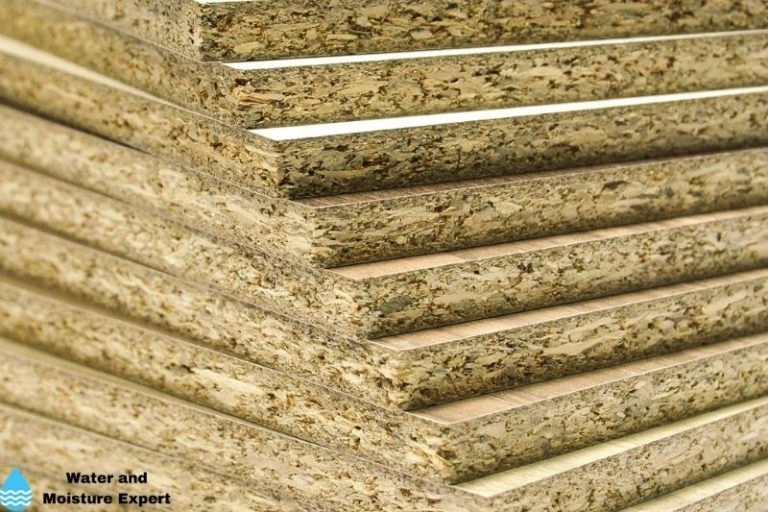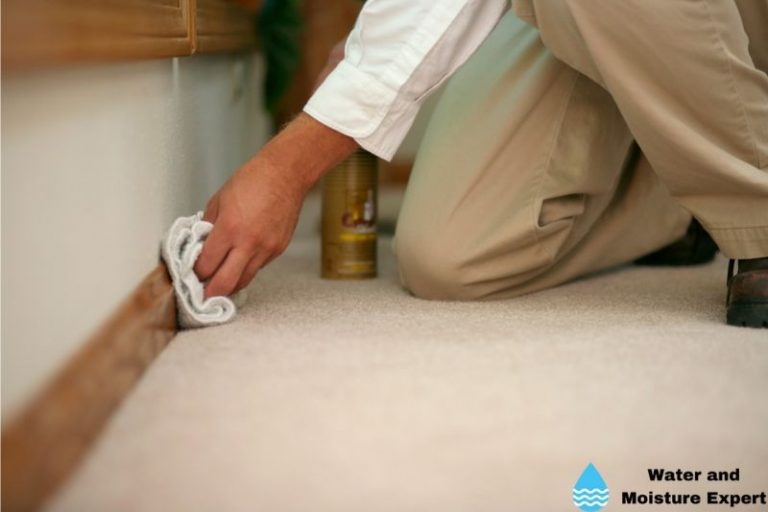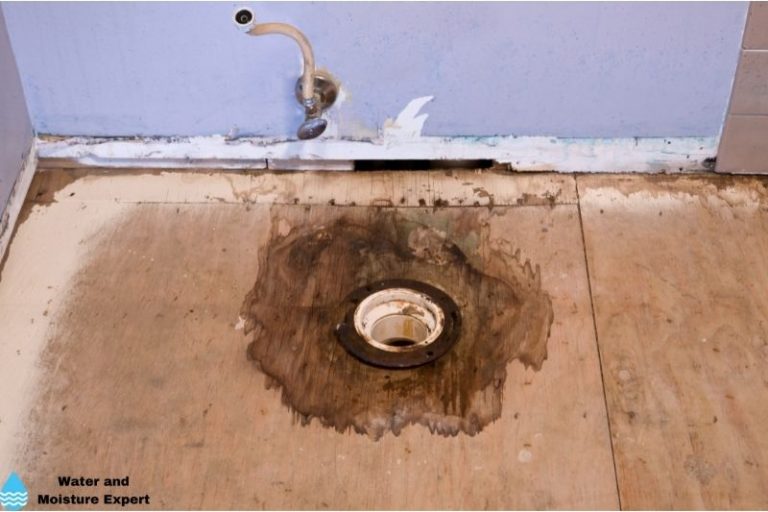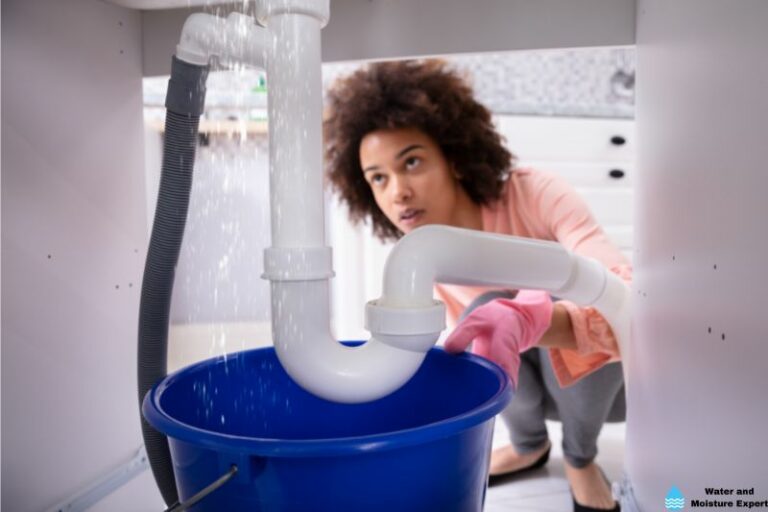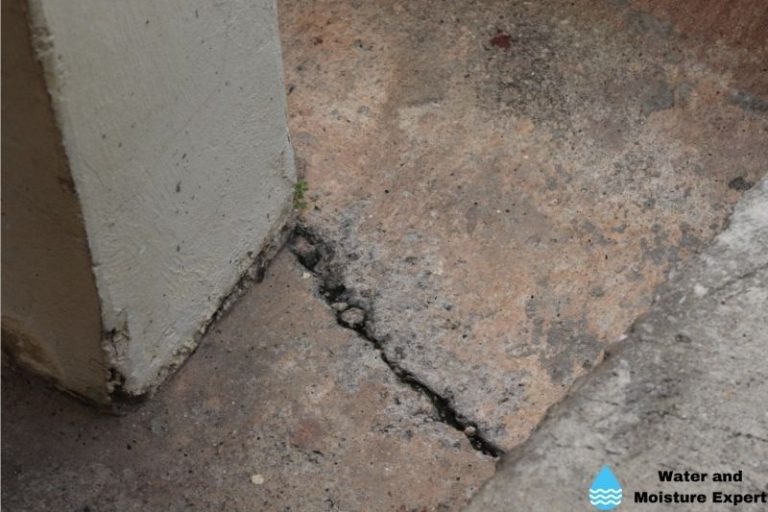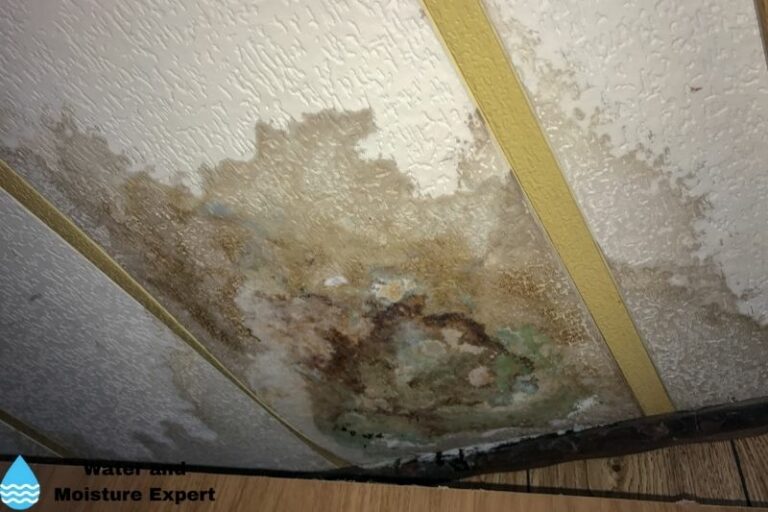Wet Drywall. Tips From Professionals.
Wet drywall is a homeowner’s worst nightmare. Water can cause it to break down and fall apart. I have seen a lot of drywall damage on many types of projects. While drywall is durable, it can also be susceptible to water damage. If you are dealing with wet drywall, consider some of these professional tips.
Wet Drywall
Generally, the faster you discover the problem, the higher the chance you will be able to save the drywall. The first step is to stop the leak and remove the water as fast as possible. If you act quickly, and the area is limited, you can try to dry it. The amount of water is more substantial, and the water found its way inside the drywall, you will have to replace it.
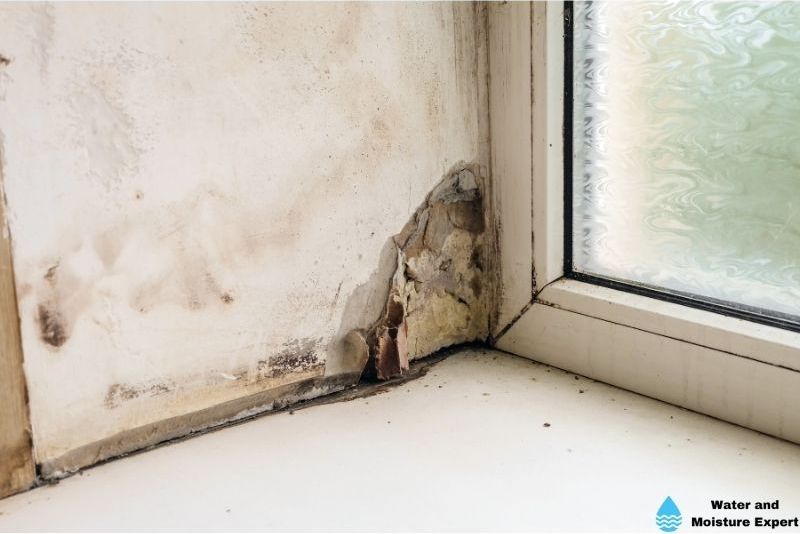
If you have found wet drywall in your home, you may be stressing out and wondering if you can replace or repair it. In some cases, damp drywall can be repaired, but in others, it will need to be completely replaced. In this blog post, I will explain how to can spot water damage, if the drywall needs to be removed, and how you can save wet drywall.
Contents
How Can You Tell If Drywall Has Water Damage?
Sometimes you can easily tell if your drywall has water damage, but sometimes it’s not apparent. If you see standing water against your drywall, then it likely has some water damage. Here are some more things to water for and consider:
● Stains
One of the most common signs of water damage to drywall is stains. Even if you don’t know that the drywall is wet, you might notice that the drywall appears to be dark or there are stains showing up. The stains can be yellow, brown, and even black. They can appear anywhere the water touches and may look like small spots or even running drips.
● Bubbles
Most drywall has a thin paper covering, and when the water gets behind it, the drywall can bubble. The bubbling will likely occur in patches, and the bubbles can range in size. Some of the bubbles may fill up with water, and others will just look inflated and flat.
● Sagging
As the water damage becomes more severe and the water starts to pull down on the wall, it can become heavy and begin to sag. Whole sections could break and begin to pull off the wall, or the entire wall may begin to sag and come loose from the frame. This can be serious because it may also pull on other areas of drywall that may not have been damaged.
● Peeling Paper
The paper that covers the drywall can easily peel. If there is wallpaper on the drywall, it can start to peel off and show signs of cracking too. The drywall may start to fall off with the wallpaper attached and rip it off other sections of your wall.
Does Drywall Need To Be Removed If It Gets Wet?
You do not always have to remove the drywall if it gets wet. If you catch the source of the water and act fast, you may be able to save your drywall without removing it. If the drywall is only damp or if there is only a small area that is wet, you may be able to repair it instead of replacing it. If the drywall has been exposed to a lot of water, or for an extended time, it may need to be replaced.
I have been able to successfully save drywall, but it does require a lot of effort. In some cases, it’s just as easy to replace it as it is to keep it, but I always tell the homeowner to think about their own budget and time availability before making a decision. If the damage is small, local and you manage to discover it quickly, give it a try. If the damage is more severe, you probably better of replacing it.
Can You Reuse Wet Drywall?
You can’t reuse drywall because once it has been wet and dried, it will never go back to a smooth texture. The drywall will become gritty again, and it won’t look like the texture of a wall. If you have drywall sheets and only small portions of them are wet, you may be able to cut away the part that is salvageable and use it on other small projects. It can also be used for matching your existing drywall if necessary.
Can You Keep Drywall That Got Wet
If the drywall is not too saturated with water and the proper drying methods have been used, you may be able to keep drywall. If the drywall is already on the wall, you won’t be able to remove it and reuse it. Removing the drywall from the wall will likely damage it. If you need to remove the drywall and cannot repair it, it’s best to throw it away.
Can Wet Drywall Be Saved?
It is possible to save wet drywall, but it takes some work and the proper method. Drywall that is severely damaged may not be salvageable, but if you find something that can be saved, you should follow these tips to dry it all as quickly as possible, so it is more likely to be saved.
● Blot The Wall
You can gently remove a good bit of water by using a towel or cloth to blot the wall dry. You will need to be extremely careful when doing this, as pushing too hard on a wet wall could cause the drywall to break and leave a hole. Do not rub, as this could also weaken the drywall and cause more damage. I recommend using old towels or rags, as they may need to be thrown away when you are finished.
● Use Fans
It’s essential to dry the drywall as quickly as possible, so it can be beneficial to bring in some fans. The fans will remove the moisture out of the room and help pull it out of the drywall. If it dries before too much of it is absorbed, the drywall is less likely to be damaged. I often rent commercial fans from my local home improvement store. They are larger and run faster, so they can direct more air towards the wet areas and get the entire room dry must faster than regular house fans.
● Use a dehumidifier
Using a dehumidifier can help to remove excess water from the room quickly. I recommend renting a professional dehumidifier, as they are capable of removing a lot more water per hour compared to a household one. If the amount of water is significant, it can still take quite some time (days) to remove it.
● Open Windows
Proper ventilation is also crucial for drying out the drywall and removing the moisture from the air. This can help prevent the water from soaking deep into the drywall and also prevent mold from growing on the walls or any other area the water may have touched.
● Check For Mold
Mold grows very quickly and much faster than most people realize. Even if the water has only been standing for a short amount of time or if the drywall is just damp, it could still be a place for mold to grow. You will want to inspect the drywall carefully to see if there are any signs of mold growth. If you do see mold on the drywall, do not use it. You can have a mold remediation expert treat your home before you continue with the repairs.
● Fix Damaged Areas
If you noticed that there are small sections of the drywall that are more seriously damaged than others, you might need to repair those. You can patch small areas, and while doing so, you will be able to check for further drywall damage. Be sure to remove any sections of trim or molding before you start to make your repairs.
When Can I Remove Drywall After Water Damage
Remove water-damaged drywall as soon as possible. The sooner you can remove the wet sections and start drying the walls, the more minor damage there will be. You can cut away the wet areas and point a fan directly at the walls. This will dry out the entire wall and could help you save some drywall or even other parts of your home. Using a dehumidifier can be a great help as well.
If you are going to replace the damaged drywall, you will want to wait until the walls are completely dry. You should also check around the areas you removed to make sure none of the moisture spread after you cut away the noticeably damaged areas. You may need to cut more away before you can add the new sections.
Tips To Avoid Water Damage On Drywall
If you have drywall in your home, you want to make sure it’s not at risk for water damage. There are a few things you can do to protect your walls.
● Check For Leaks
Check your home for leaks often to make sure your pipes and appliances are properly sealed and watertight. Even small drips and leaks can lead to severe water damage in your home.
● Careful With Appliances
Many appliances release a lot of humidity that can get into the drywall and cause water damage. Some can also spray or even leak and drip more than others. Don’t place your appliances next to the drywall if you think they may release a lot of moisture.
● Keep windows and Doors Shut
While it’s fine to open your windows and doors at times to ventilate your home, never leave them open when you aren’t home or if there is a chance of a storm. Rain can easily blow into your home and cause severe water damage.
If you find that your drywall has been damaged by water, don’t panic. While drywall can be expensive to replace and take some time to install or repair, it can be done. You may be able to salvage your wet drywall if you act quickly. You can call a professional to replace or repair it, or you can keep the above professional tips in mind.

